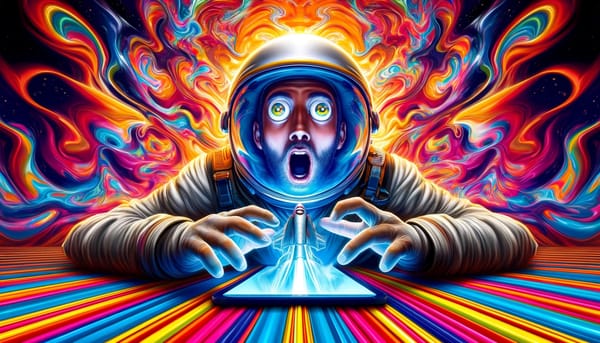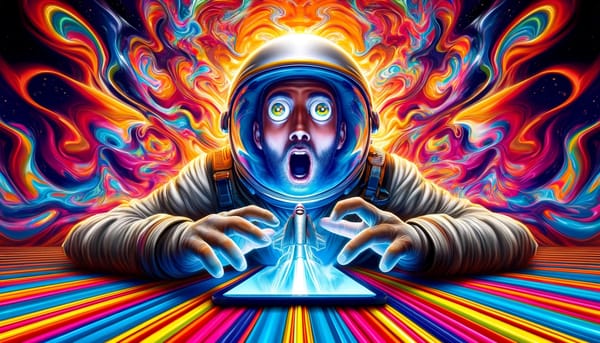Is Retail Media an Endgame?
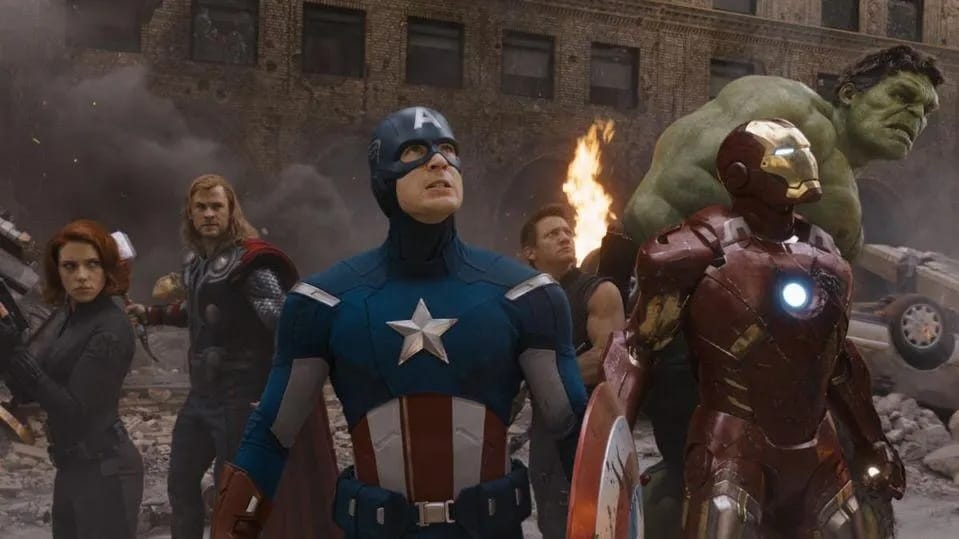
I identify as a ‘comic book nerd’ by way of Saturday morning cartoons. It started with Transformers and G.I. Joe, then it graduated to X-Men and Batman: The Animated Series. I can’t tell you how excited I’ve been watching X-Men ’97, btw (it’s 😜😱🤯). I knowone I know — the hardcore ‘comisseurs’ are guffawing right now. But we’re not here to discuss my “mid” fandom. I want to talk about convergence and endgames.
The Marvel Cinematic Universe is a masterclass in brand storytelling. It started with a massive gamble (Robert Downey, Jr.!? As Iron Man!?) and turned into arguably the most popular and lucrative franchise in pop culture history. Each MCU film was threaded to the next. If one were so inclined (guilty), one, can watch them in a particular order to see a larger narrative unfold within a world that connects and converges the twenty-two (🙀) films of Marvel head Kevin Feige’s Phases One, Two, and Three blueprints. This was a designed plan; chess as celluloid.
Avengers: Endgame is a culmination. Whatever your feelings are about the film critically, it achieves its objective. Endgame serves as a convergence of all the characters, plot lines, and Easter eggs developed within the prior films. Everything comes together in one awe-inspiring scene (yes, I teared up a bit in theaters. Whatever.). It is at that moment you can see the dream that Marvel dreamt back in 2007 fully realized.
A similar convergence is happening in media. The rise of retail media has blended content and commerce together in a potential endgame for our current era of the internet. I’m not just talking about retail media networks (RMNs) when I say ‘retail media.’ I am talking about the commerce enablement of all media. You can find a marketplace on Facebook and TikTok. Tech companies such as MikMak enable brands to make their video content shopified. Amazon has introduced commercial capabilities to its Prime Video media menu. Instacart now offers video advertising in an app designed to get your groceries as painlessly as possible.
What’s happening is decades in the making. As consumer behavior and our cultural landscape has shifted over time, and as the marketing industry continues to be driven towards the relentless pursuit of immediate ROI, we’ve reached a point of convergence. It prompts questions. Is this a good thing? Are we prepared for it? What comes next?
It helps to start at the beginning. Modern media kicked off with the Gutenberg printing press in the 15th century, revolutionizing the way humans consumed information. Newspapers, magazines, flyers, and more – print was the undisputed king of content for centuries. Cheap to produce and easy to distribute, it was the go-to for anyone wanting to spread the word, from soapbox standers to soap advertisers.
Fast-forward to the 20th century, and we reach another evolutionary inflection point. Radio hit the waves running in the 1920s, offering a voice to the faceless and quickly becoming a household staple. Television followed, providing a visual to the voice, forever altering primary media consumption from auditory to visual. Advertising loved these mediums: captive audiences and broad reach meant massive ROI, even if no one could track who was watching what.
Scoot a bit further to the present day, and we’re in the midst of the Digital Age. The internet offered a vast expanse of digital real estate ripe for content creation and consumption. Websites, blogs, and later social media platforms emerged, each with its unique way of engaging users and gluing eyeballs to screens. Mobile technology soon took this disruption to the streets — quite literally — with smartphones that made media consumption personal and portable. The game changed: content needed to be quicker, snappier, and always on-point. Advertisers salivated at the precision targeting digital offered, from pop-ups to sidebars to those sneaky sponsored posts disguised as genuine articles (aka ‘listicles’… 😡). Digital also introduced a buffet of metrics—clicks, views, engagement, and conversions. Finally, some real data! (Well, as real as you can get in a world where half your traffic might be bots from a server farm…)
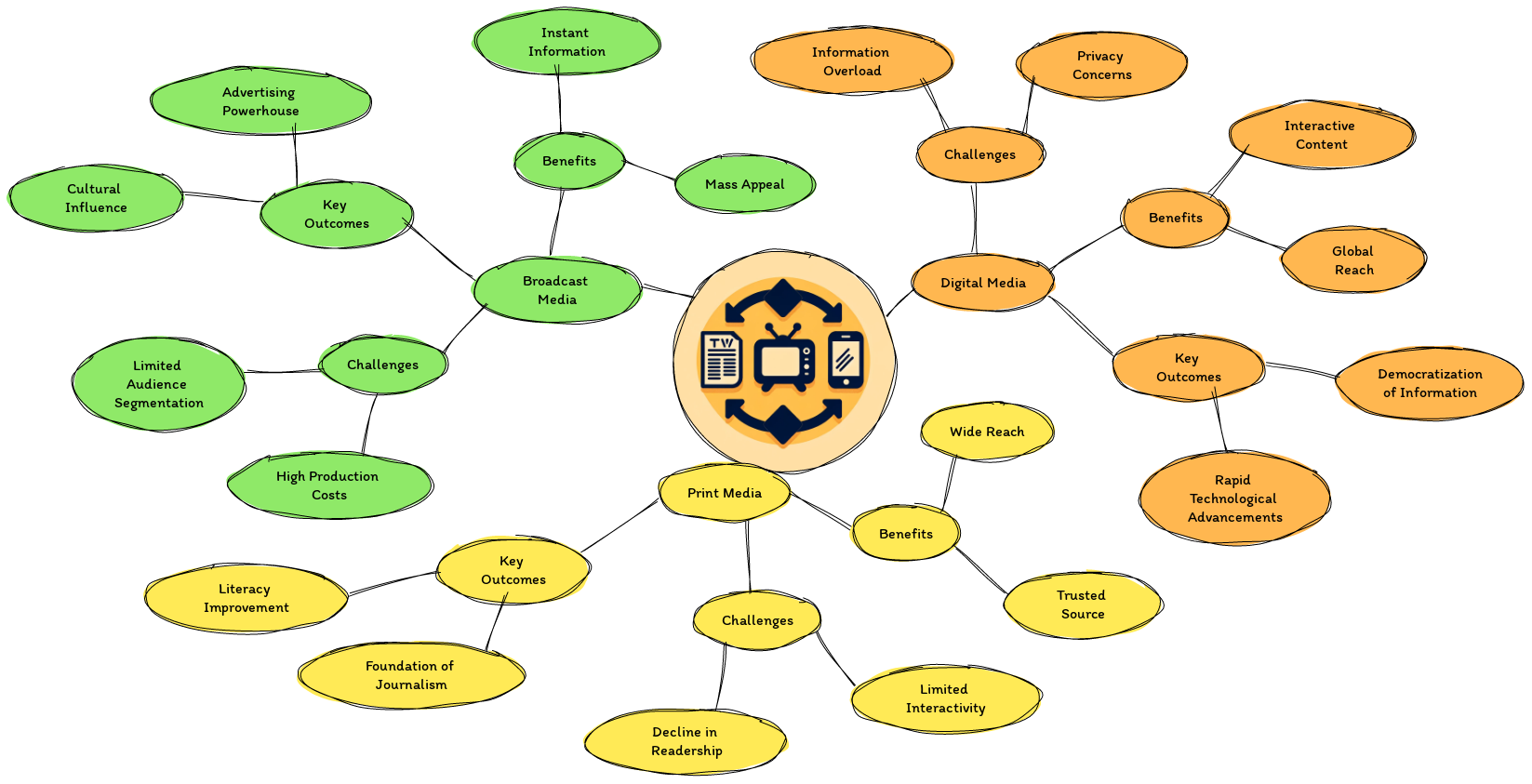
There are two variables I find interesting to track throughout media’s evolution: cost and measurement. Format change is obvious, and distribution is pretty straightforward (it increased at each step) so let’s put those aside. Why I find cost and measurement to be fascinating is that it is only recently within the digital age that both trend positively; that is, costs are going down as measurement capability has improved. That’s an important point because it gets to the meatiest question all companies want their marketing to answer: does it help us sell more? In theory, cheaper media with better measurement should be a godsend. No-brainer, right?
Let’s bring it back to Marvel; since Endgame’s incredible success, Marvel has struggled to further grow the MCU’s impact. The struggles boil down to three things: saturation, sunk costs, and storytelling. Twenty-two films is a lot of content to digest. Even the more die-hard fans started to express burnout. Subsequently, Marvel fell prey to the sunk cost fallacy and inundated us with even more content to try to correct the trajectory. However, this new phase of content was pretty roundly ranked as “meh.” The stories just weren’t connecting with people.
Yes, it seems like content and commerce are peanut butter and jelly, but if the peanut butter could track how many times you looked at it before eating. Media isn’t just about delivering content anymore; it’s about making that content shopable. See an ad for a pair of sneakers in a video? Click and buy. Reading about the latest gadget? Swipe up and it’s yours. This feels like the endgame — the confluence of the art of advertising with the science of technology that makes media ROI immediate.
Right?
The answer seems to be a resounding, “maybe.” For one, our digital-centric media environment is much more complex. The Mad Men of Madison Avenue had a simple formula they could follow. TV was not the monstrosity of choice that we have today. It was a narrow medium with one format. You put out a campaign, and then watch to see how sales correlate. As my four-year-old says, “easy-peasy, lemon-squeeze-y.” Contrast that with the thicket of digital platforms and ecosystems we navigate today. Apple catalyzed a data arms race with the launch of ATT, and now we have one walled garden after another pitching competing propositions of proprietary data that supercharges surgical targeting and measurement. The rise of RMNs — and their ability to expand beyond traditional e-commerce ad inventory — has compounded the complexity.
Then there’s the inescapable fact that this content-commerce convergence has not driven meaningful growth in advertising investment. You would think that considering the data highlighting retail media investment, the fact that social commerce has been “the next thing” for about ten years, and the industry chatter surrounding AI-accelerating data models there would be a correlating increase in advertising investment. But it’s essentially remained the same percentage of US GDP for over a hundred years. Even when you zero into the last twenty years, you’re not seeing a meaningful spike in spending. The money is shifting, not growing.
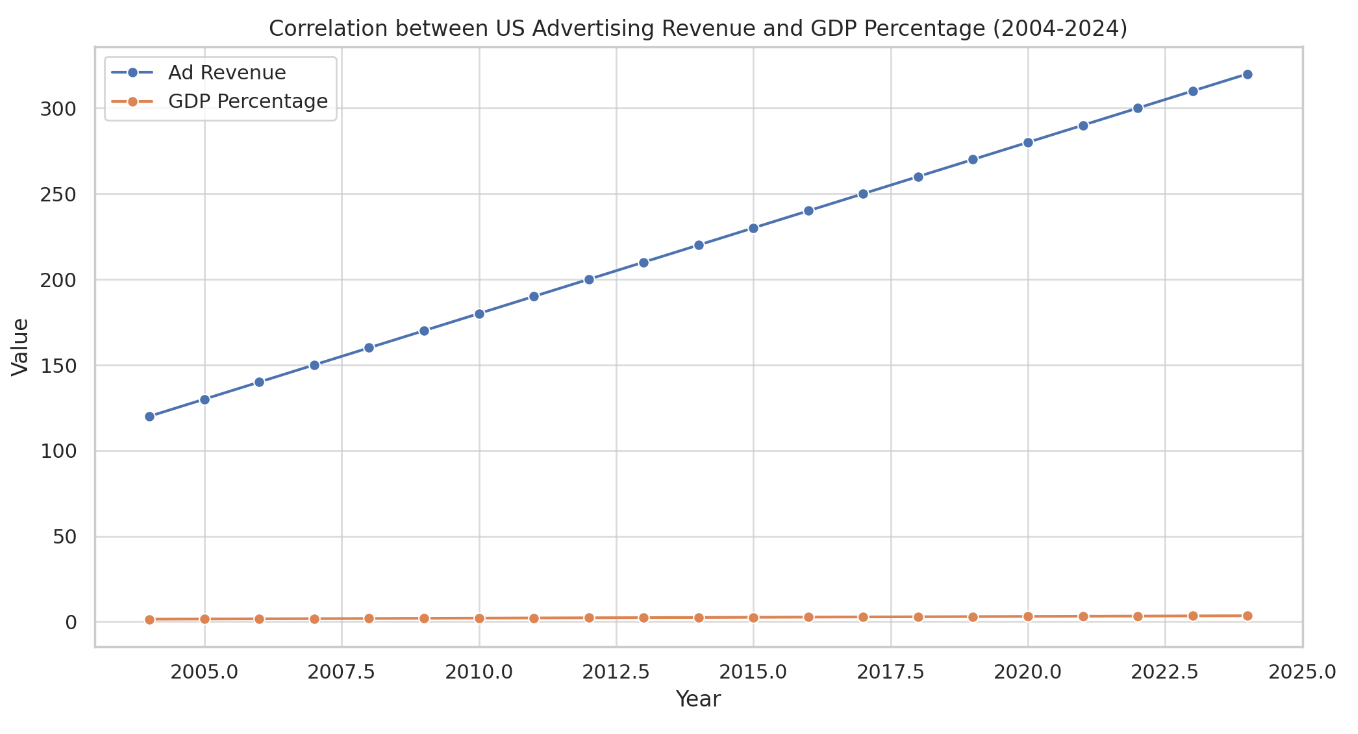
The reality is that commerce enablement is somewhat misread. People aren’t looking to buy everything immediately or all day, every day. Most of us are passively scrolling and swiping through an insane amount of content without too much thought. This is not to imply that media does not influence buying behaviors, but it’s worth taking a moment to stop and ask: are we any better in 2024 than the industry was in 1954? And if we’re not, why is that?
We’ve fallen prey to another psychological trap: the abundance fallacy. The digitization of our media landscape and the promise of commercial acceleration has us believing that more data is better. We’ll sell more because we can measure more. “The secret formula is in there somewhere…” But it’s not.
We’re like cats with a shiny new toy. Ooooh, look! Retail media! It’s right where people are shopping! In our haste to realize that sweet, sweet ROI we can forget that people come in and out of brands at different points for different reasons. You can’t sell someone a product or service without making a clear connection to a need or desire that they have. And you can’t build a business on vibes alone.
We’ve swung the pendulum too far towards science and away from art. Moreover, many companies still treat “brand” media and “performance” media as separate disciplines. This creates dissonance in addressing the environment: as media content and commerce capabilities converge, why have two different investments, teams, and plans?
Both matter. Countless companies talk about the importance of brand-building, and having an identity consumers connect with emotionally does matter. In the end, though, if you don’t sell enough products or services your beautiful brand is pop art. And not the lucrative kind like Black Panther.
However, if you forsake connection for commerce, you run outsized risk of short-term gains and long-term pain. There’s a Mark Wahlberg movie that said it best. Trust is in short supply with people these days, and advertising is no different. People trust what they believe. Brands have to give customers something to believe in. It takes patience and time to grow. The pain precedes the gains.
This is why the flywheel design runs circles — literally — around a marketing funnel. Its superpower is connectivity. Jean Grey for brand strategy. Everything threads and context is the key variable that mutates a brand message from one point or tribe to the next. There isn’t a silver bullet here. What’s required is a way of thinking that can sharpen your approach and deliver greater gains for your business. Hone the brand identity with a captivating story. Map who, where and how your brand will share that story. Simplify measurement and stitch it across the total brand experience. Create a continuous loop of experimentation, feedback, and optimizations that accelerate growth.
So no, I don’t think we’re at an endgame. Retail media is not a gauntlet to be won and wielded. We’re at an inflection point. The merge of storytelling and selling is going to force marketers to take a hard look at how we’re approaching consumers and measuring our worth. The warp speed of innovation and the tsunami of available data will complicate things. It’s in these moments that one thought crystallizes for me. It’s an adage from an agency I used to work for, and I have carried it with me ever since:
It is easier to complicate than it is to simplify.
Simple thoughts enter the brain quicker and stay there longer.
Therefore, brutal simplicity of thought is a painful necessity.
Retail media needs to be a component of a total brand experience, not something you do in addition to that brand experience. While the convergence of content and commerce offers tantalizing possibilities for ROI, it requires a delicate balance and a design that allows for each to feed off the other. Navigate well, and your brand will be stronger than the strongest Avenger.
(Which is clearly the Hulk.)



